.jpg)
Myron and Berna Garron Health Sciences Complex
The Myron and Berna Garron Health Sciences Complex, formerly known as the Scarborough Academy of Medicine and Integrated Health (SAMIH), at the University of Toronto’s Scarborough Campus combines flexible laboratory spaces, classrooms, and offices for the university with functions that bridge the gap between the university and the community such as a psychology clinic and a pharmacy. These amenities sit on either side of a five-storey atrium that opens up towards the exterior, creating a dynamic new building at the gateway of the campus, all wrapped in a façade of integrated solar panels that help to power the building.
- Location
- Toronto, Canada
- Status
- On site
- Year
- 2022–
- Surface
- 9668 m²
- Client
- University of Toronto Scarborough
- Programmes
- Educational, Offices, Medical
- Themes
- Architecture, Public, Sustainability
- Certifications
- BREEAM Excellent
Positioned at the intersection of Morningside Avenue and Military Trail, the Myron and Berna Garron Health Sciences Complex stands as an important gateway to U of T Scarborough and is the first building you see when you enter the north campus. The academy considers the university’s future development which will re-align Military Trail along the north of the building where there are plans for a new LRT line. There are plans to transform the original Military Trail into a new pedestrian spine that connects the south campus, making the complex an important node for public transportation and pedestrian connection.
Responding to its position on this corner, the design – developed by MVRDV alongside Diamond Schmitt – places particular attention on communal spaces in order to maximise its effectiveness as a building for learning, research, and public services. Set back from the road, the chamfered western corner of the building creates a welcoming plaza. The ground floor façade is transparent, creating a flow between the public gathering space and the building, inviting people in from all sides.
The building is characterised by a dynamic five-storey atrium – a ‘fissure in a boulder’ – that reveals the activity inside and establishes a pedestrian artery that runs through the central axis of the building. Providing unobstructed views to the exterior and allowing for more natural light to penetrate the interior, the atrium forms the ‘beating heart’ of the building, connecting the academy with the public while offering collaborative learning environments where teachers, students, and faculty can lounge and interact with one another. The atrium splits the building’s programme, with the offices and classrooms on the western side and labs on the east, connected by walkways on each level. Windows in the atrium provide a glimpse into the activities beyond, such as a ground-floor café and seating areas for studying and meeting with friends. For pedestrians passing through on their way to the rest of the university’s Scarborough campus, the impression will be of a lively building with a mix of intriguing activities taking place.
On an urban level, the building integrates into the system of ravines that characterises Toronto’s geography; a finger of greenery extends alongside Morningside Avenue from the nearby Morningside Park and Ellesmere Ravine, and this continues in the project’s landscaping, culminating in the atrium interior. The landscape by Vertechs Design places a focus on native plants and Indigenous planting strategies and the paving is inspired by patterns created by moving water; this motif extends into the flooring of the atrium, reinforcing the sensation that the atrium is part of a continuous landscape. The interior of the atrium is clad in wood and decked in plants, reinforcing this connection to the landscape and contributing to the natural and healthy feeling of the interior.
Contrasting the warm, wood tones of the atrium, the building’s exterior uses a mixture of cool greys – crucially, these panels also play a key role in the building’s performance. The cladding of the south, east, and west-facing façades use Building-Integrated Photovoltaics. These multi-layered panels generate energy while positively contributing to the building’s appearance, with three different tones arranged to emphasise the opening of the atrium. The inclusion of this technology, in addition to standard photovoltaics on the roof, will contribute a significant amount of renewable energy towards the building’s operation.
The structure of the building is based around a 9.6-metre steel grid, allowing for a great degree of flexibility in the layout and services of the lab spaces. This serves to extend the building’s lifespan, making it more sustainable by allowing the labs to be updated and rearranged with very little material waste and embodied carbon.
Gallery
.jpg?width=1920)
.jpg?width=1920)
.jpg?width=1920)
.jpg?width=1920)
.jpg?width=1920)
.jpg?width=1920)
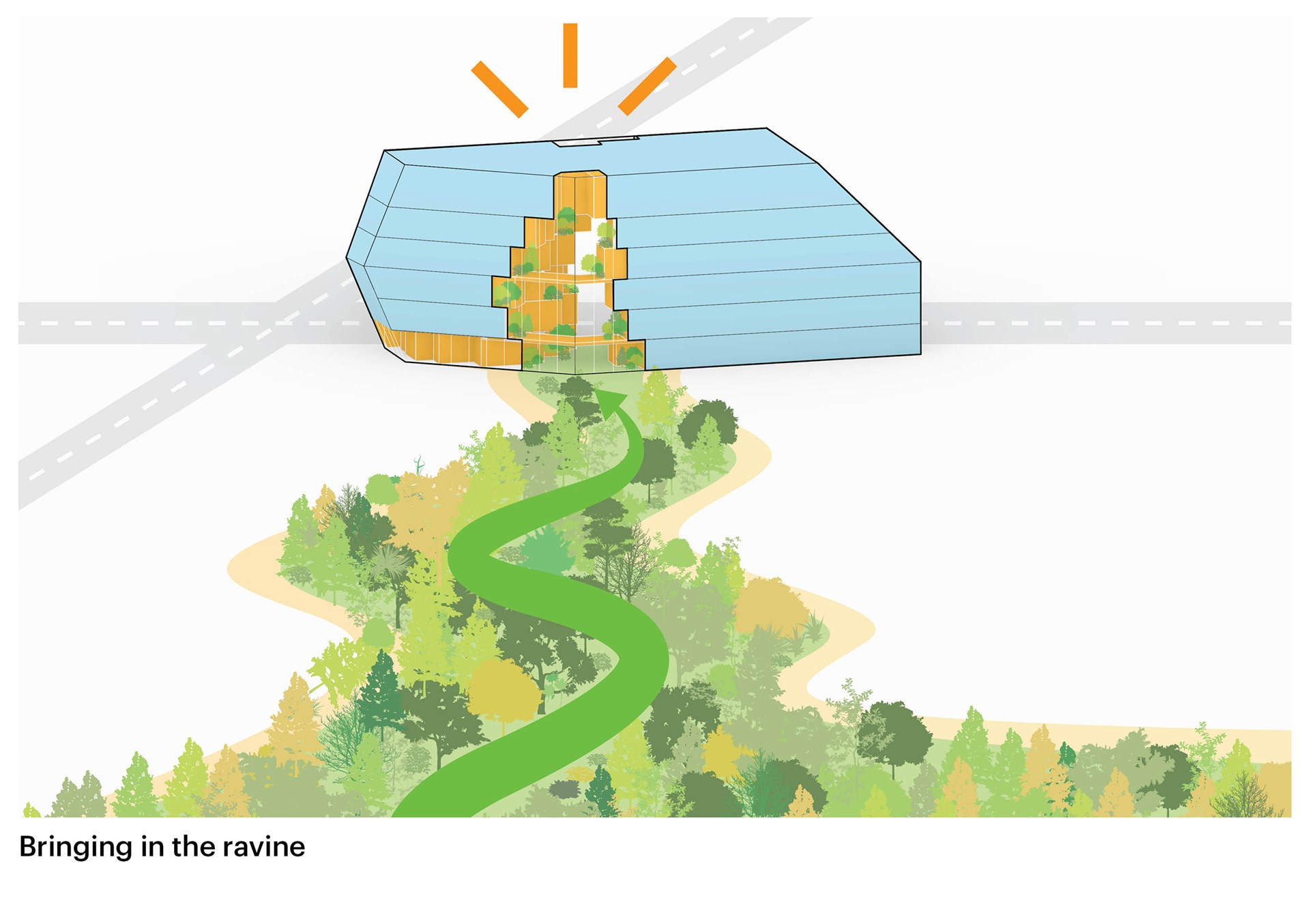
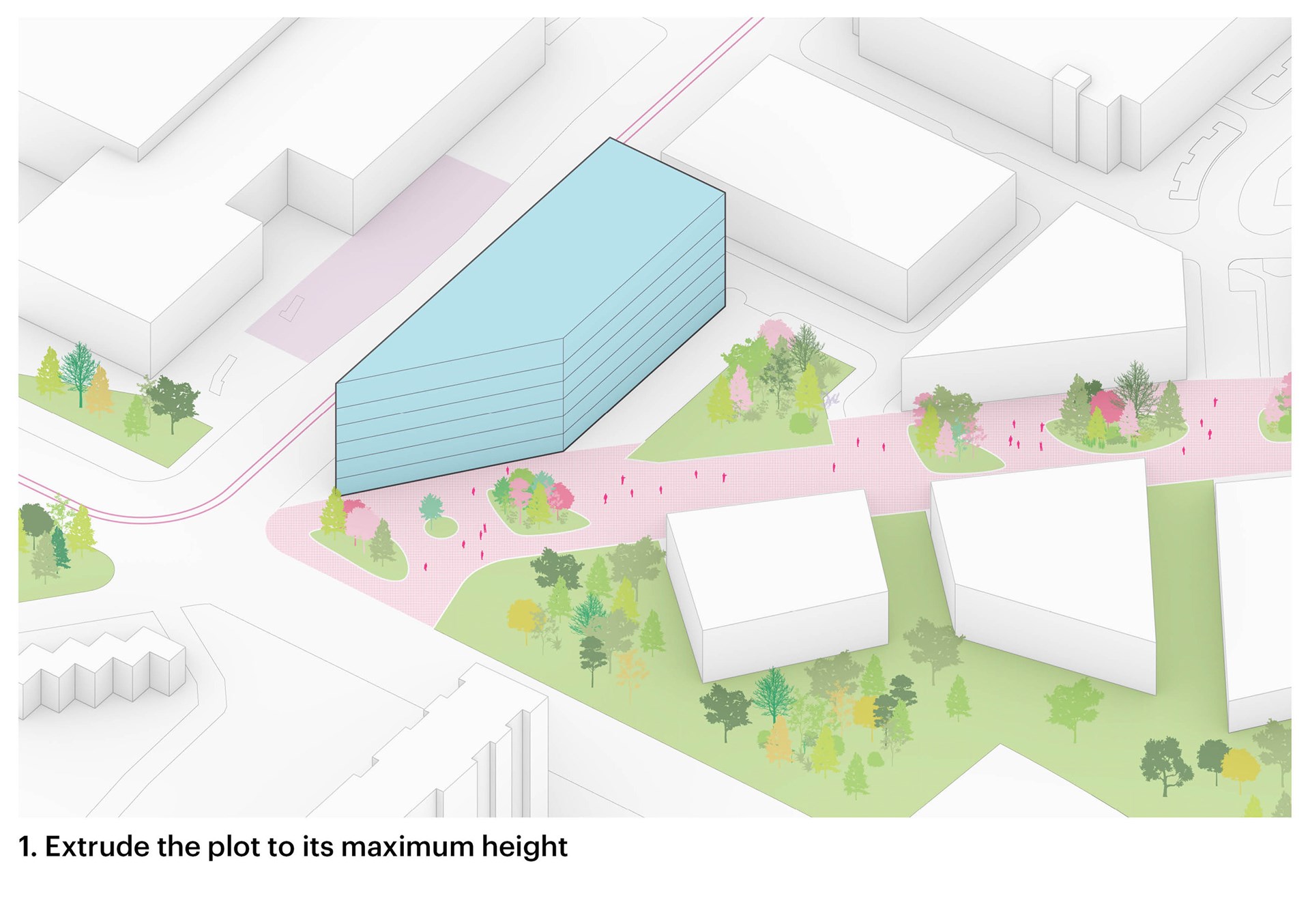
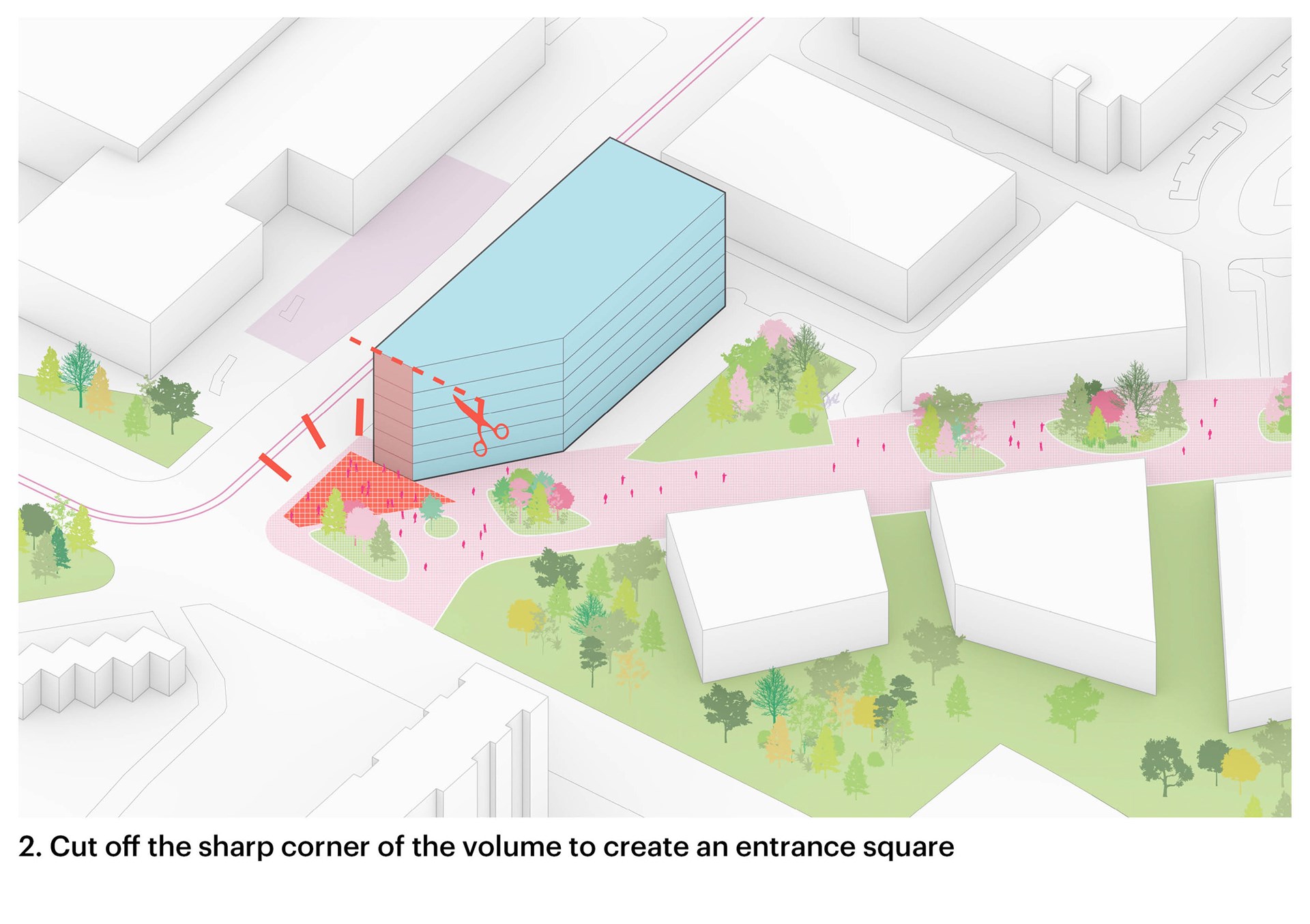
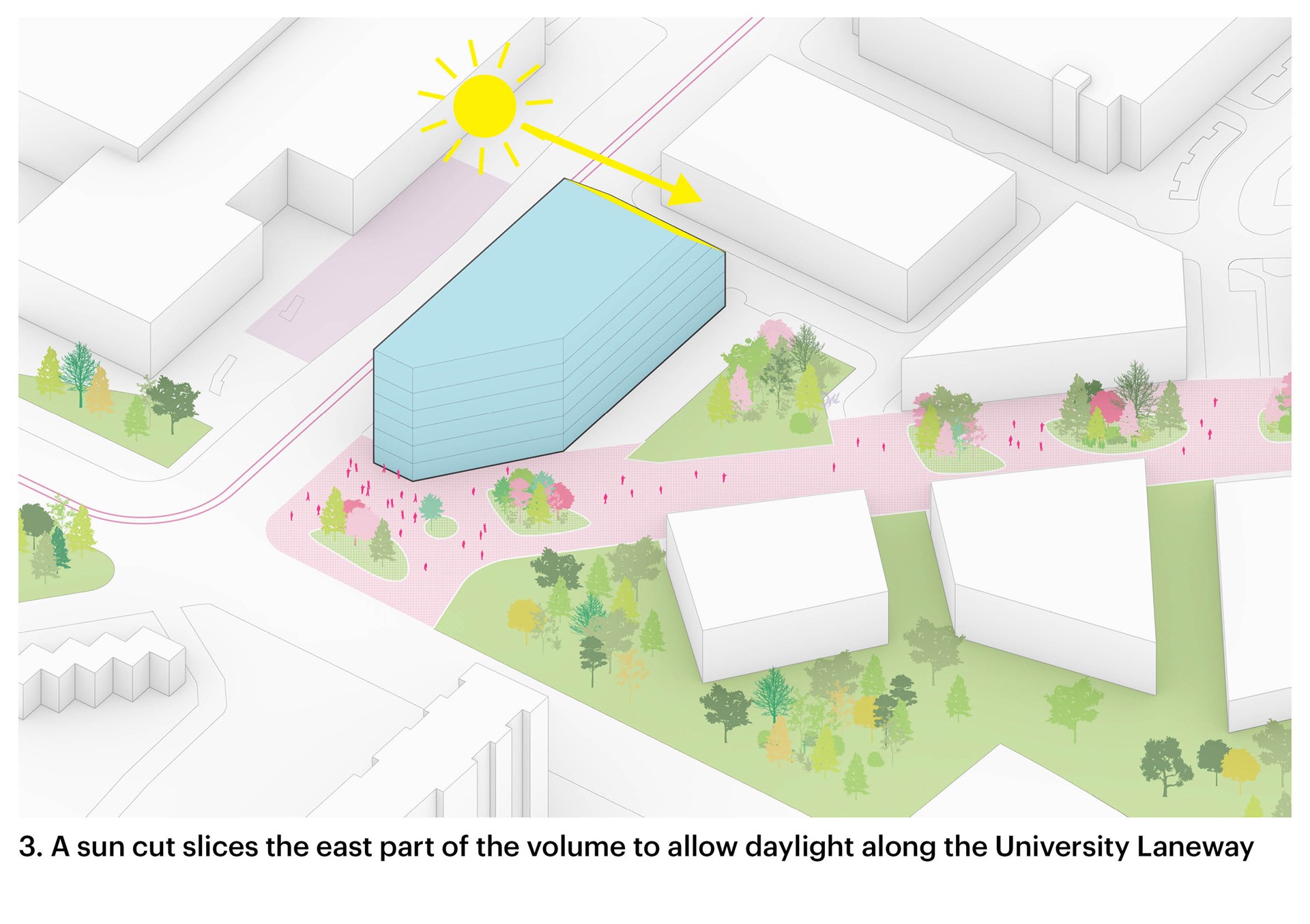
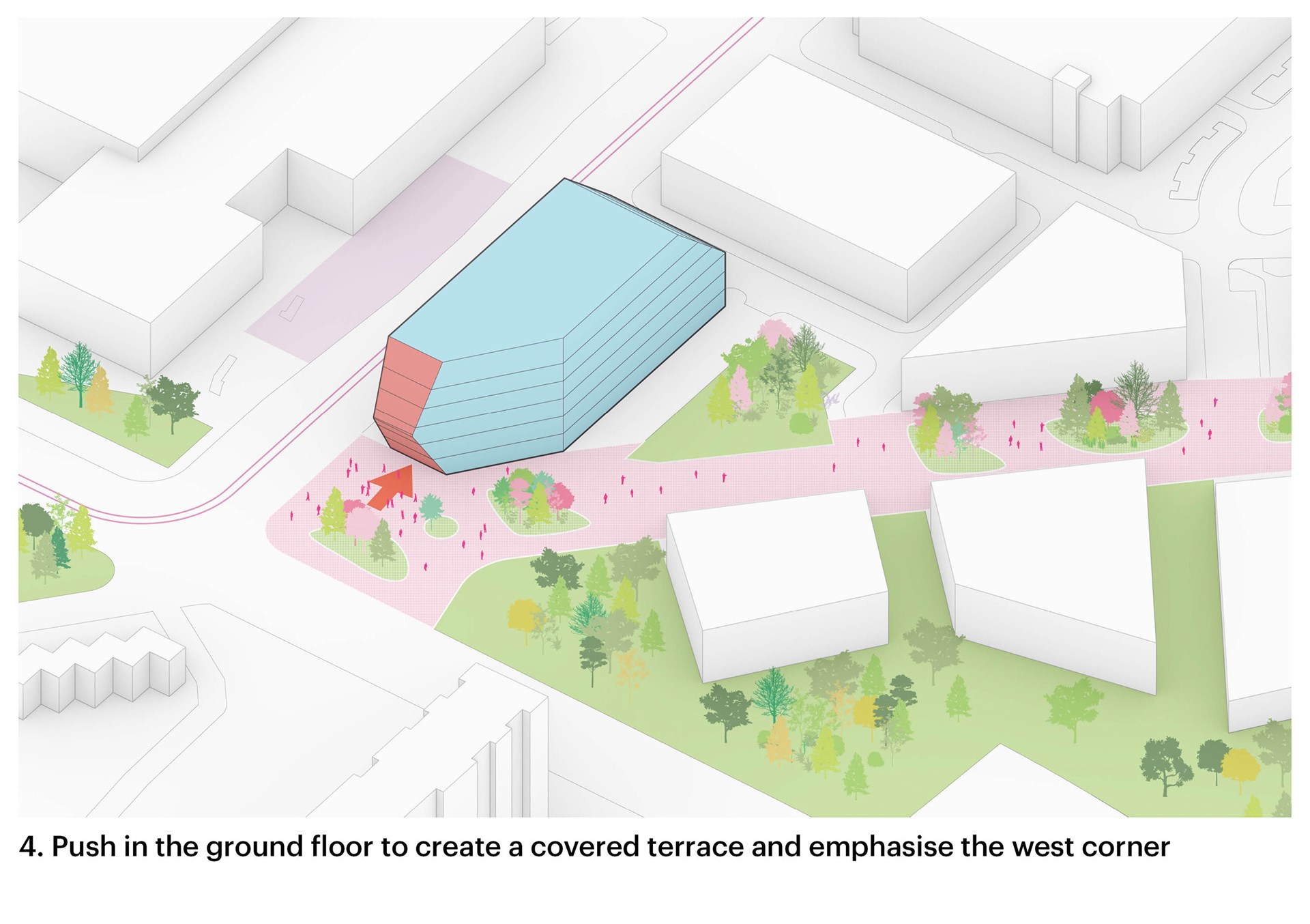

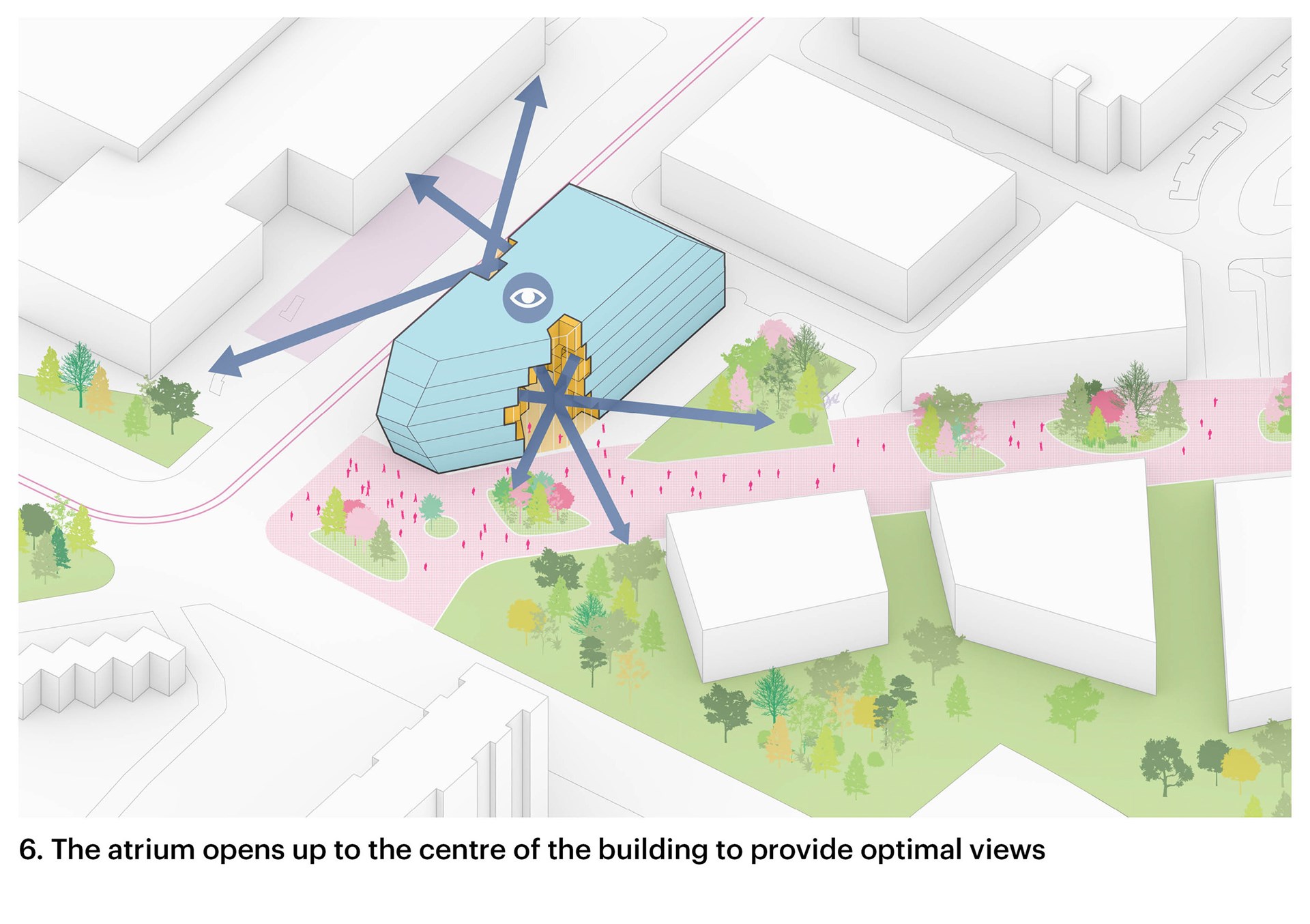


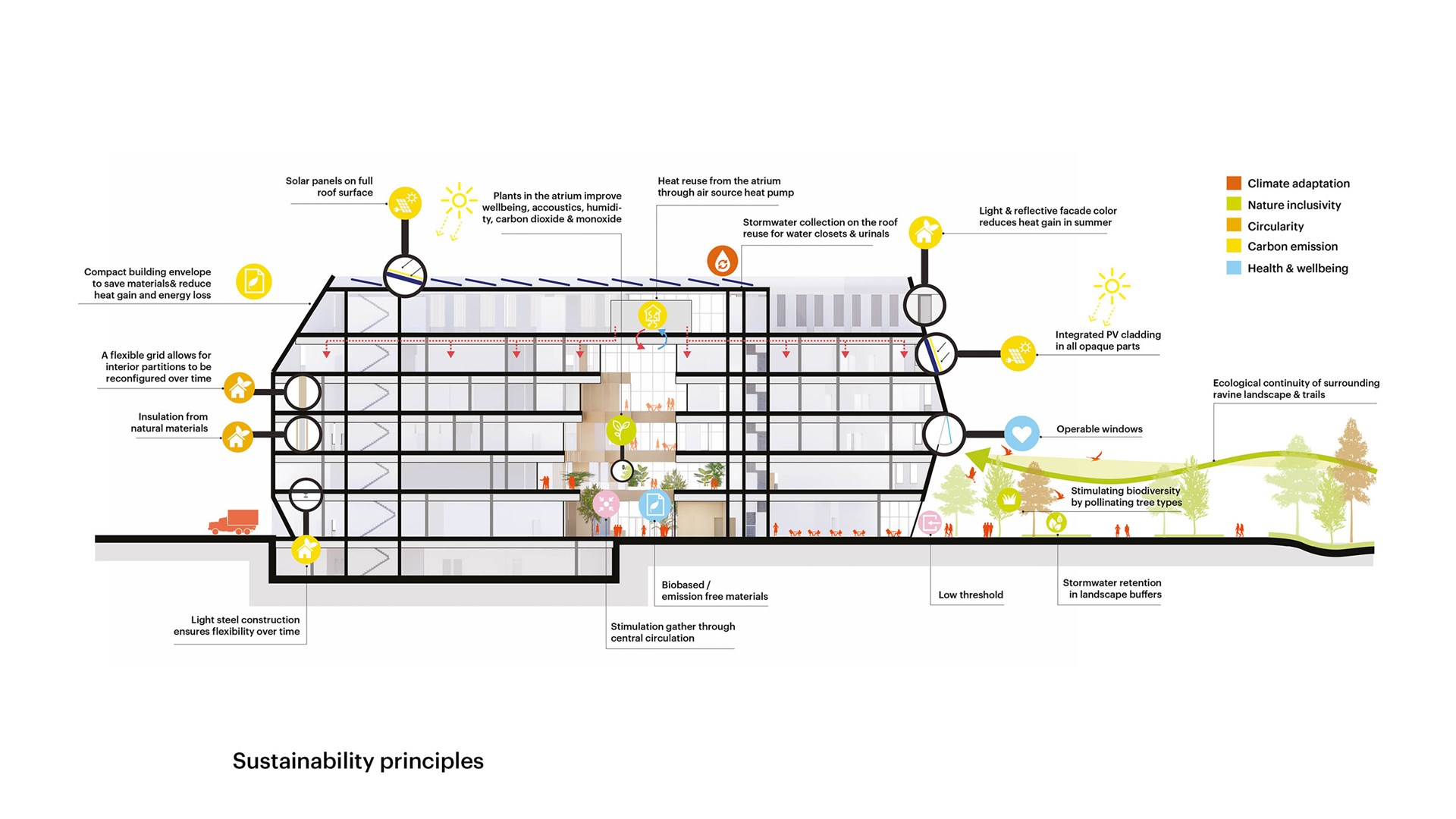
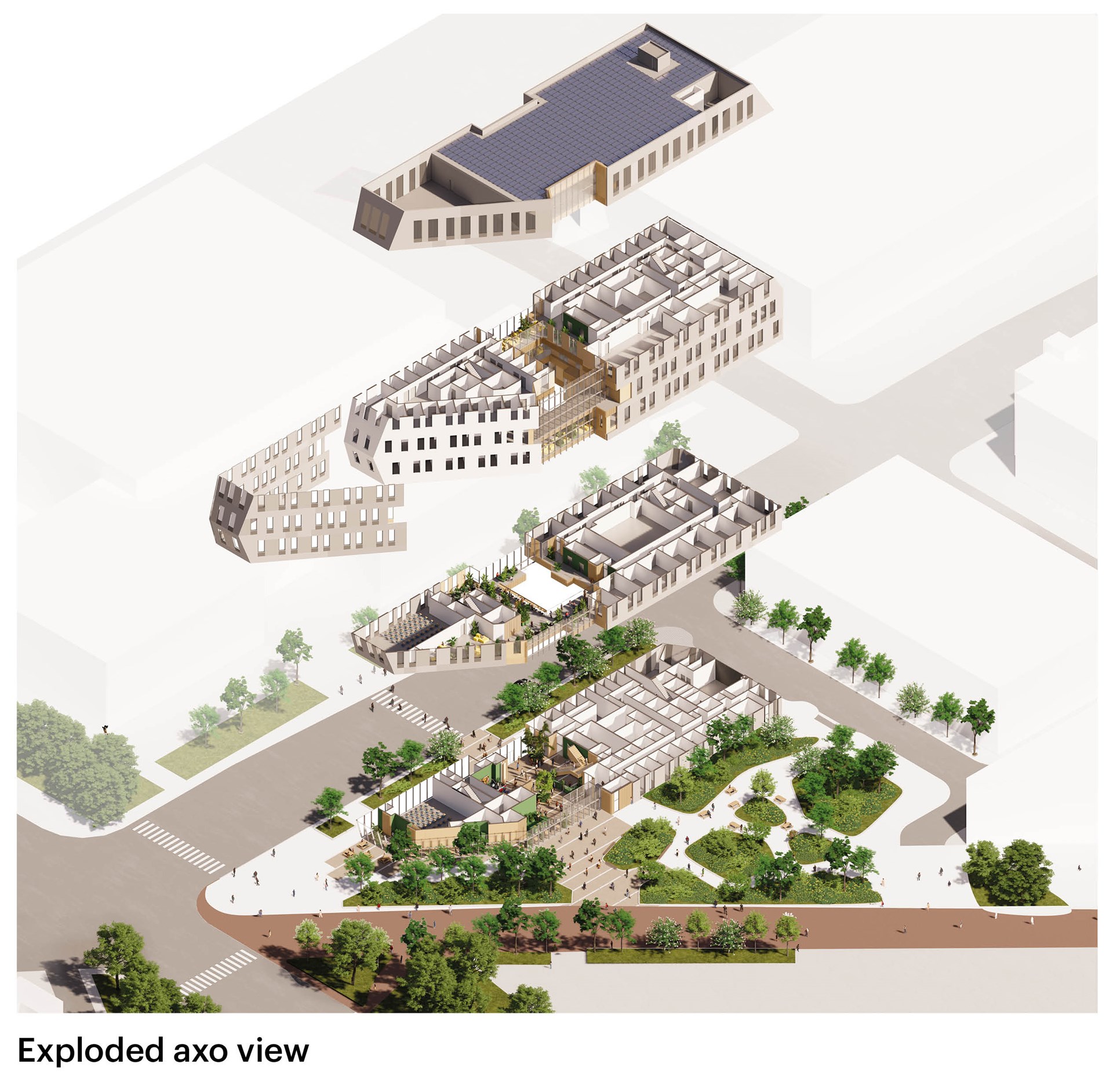

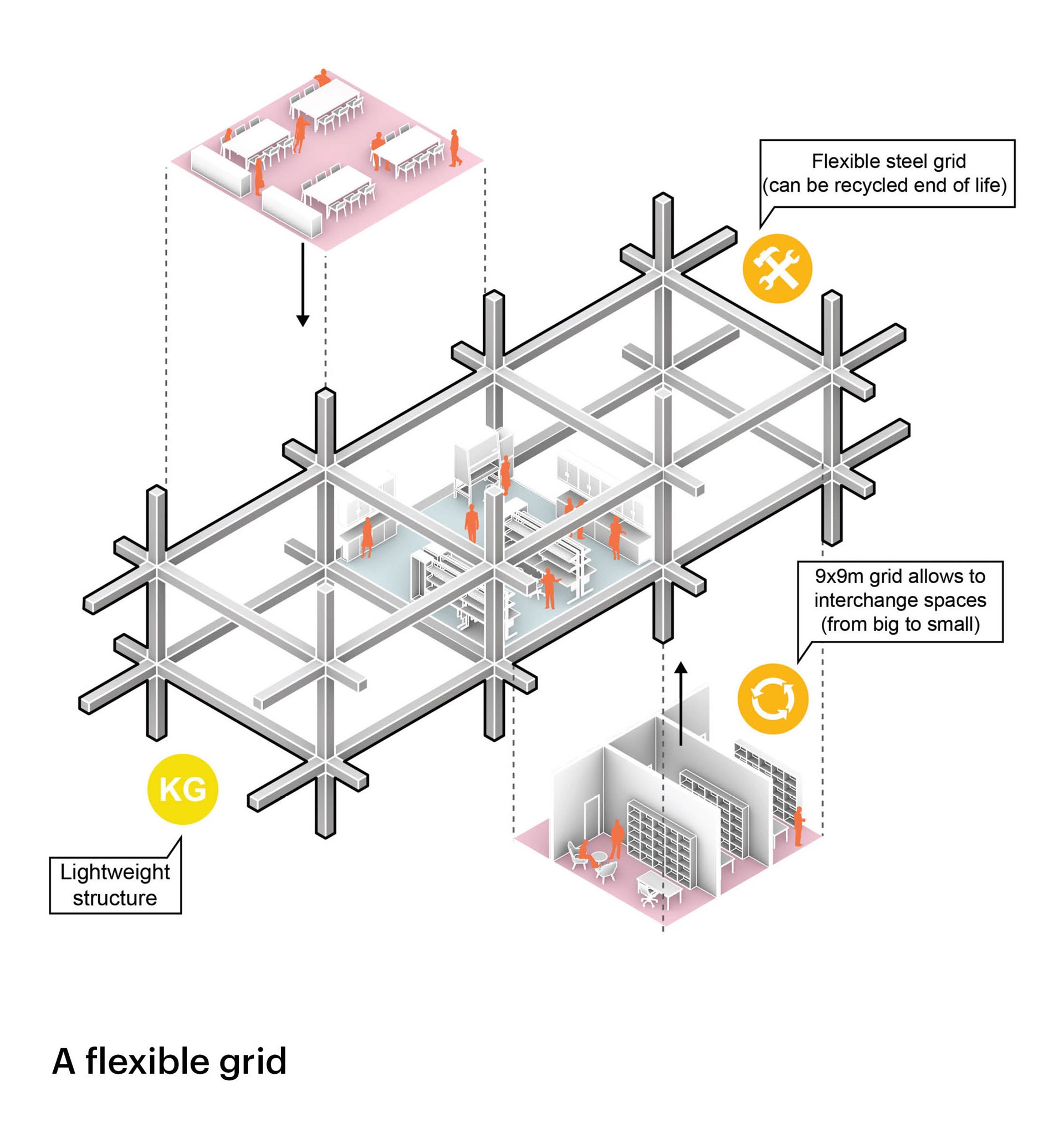
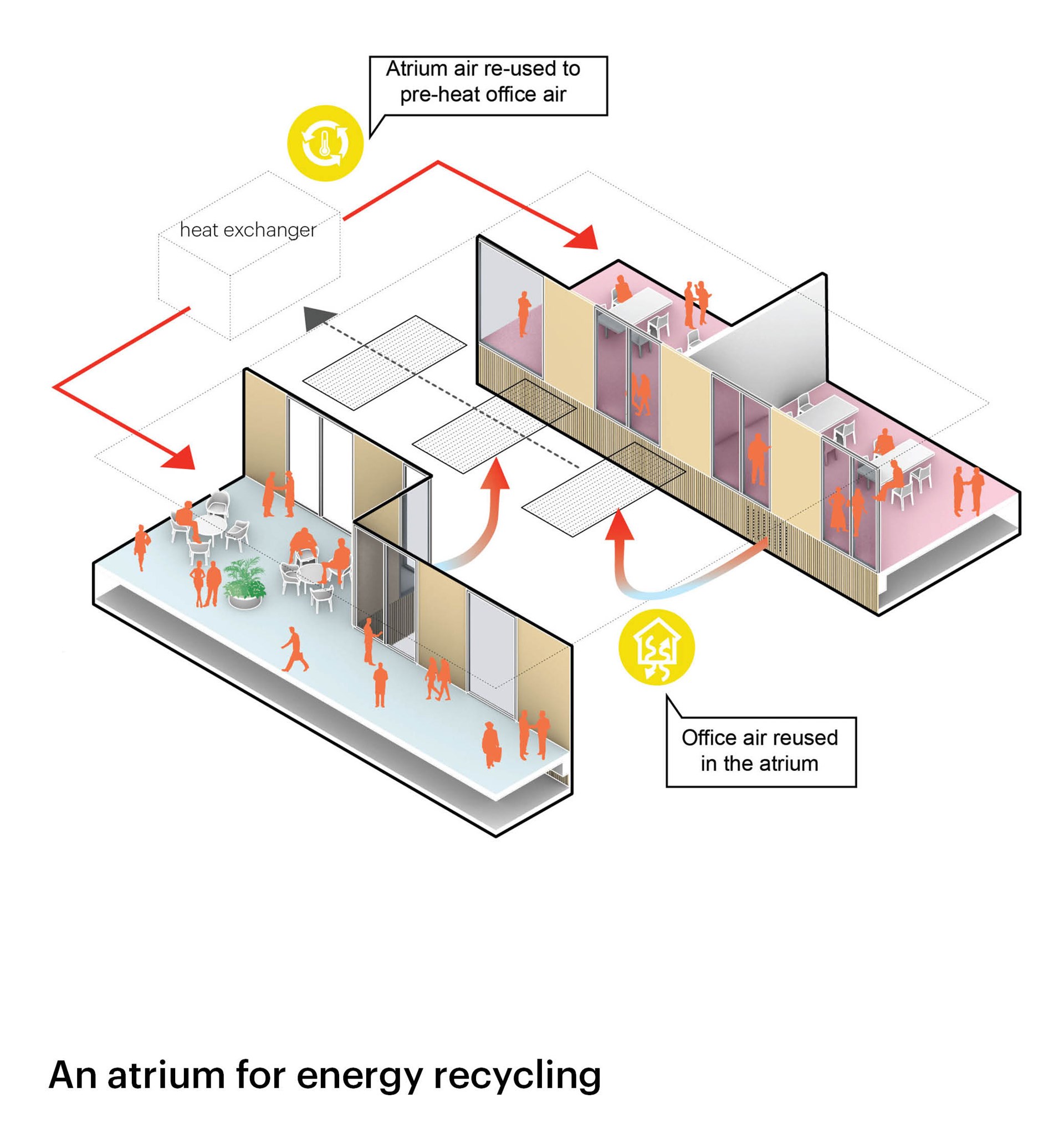
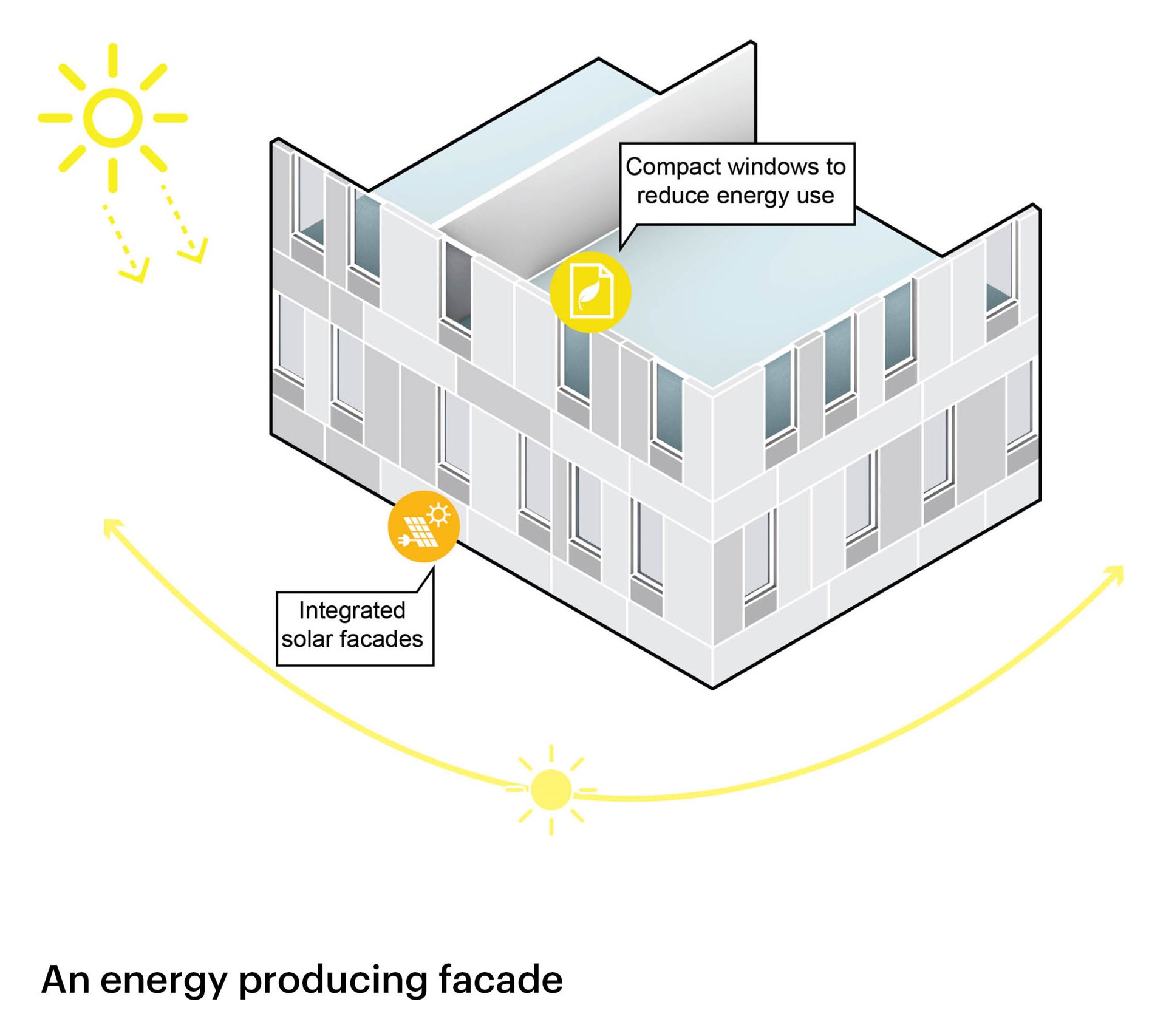

(1).jpg)
Credits
- Architect
- Founding partner in charge
- Partner
- Design team
- Strategy and development
- Partners
- Landscape architect:
- Vertechs Design
- Structural engineer:
- EXP
- Cost calculation:
- EllisDon
- Environmental advisor:
- Pratus
.jpg?width=900&quality=75)
.jpg?width=300&height=300&quality=75)
.jpg?width=300&height=300&quality=75)